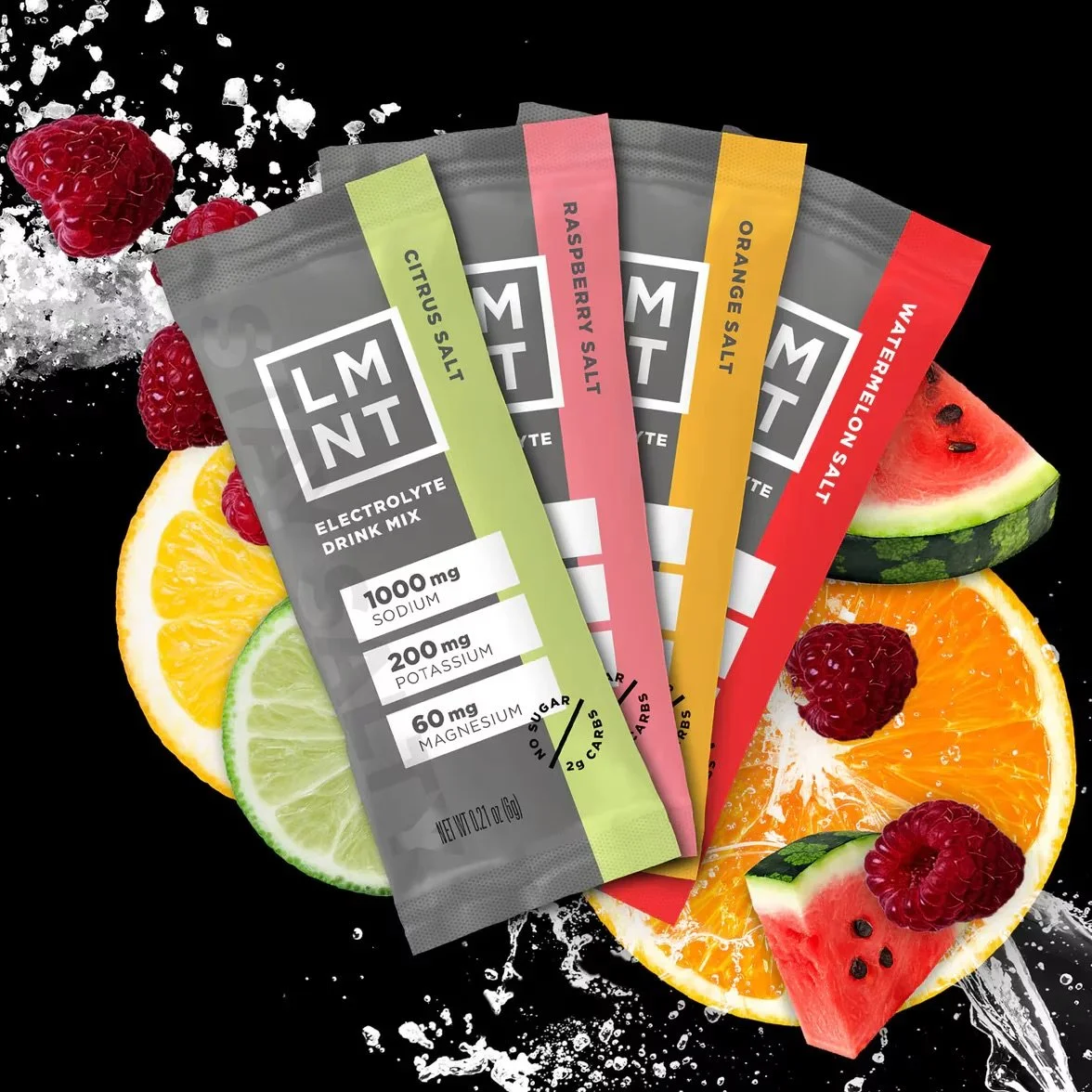GLP-1s Quiet Your Appetite—But Not Your Habits
What to eat when you're not hungry, and how to rebuild the patterns that control your results
So you finally got your appetite under control. You’re not thinking about food all day. You’re eating less without trying. The noise is gone. It feels like freedom… until it doesn’t.
Now you’re skipping meals not because you're disciplined but because nothing sounds good.
You’re snacking randomly even when you’re not hungry.
You’re under-eating, then binging.
You’re tired, foggy, and starting to wonder if something’s wrong.
This is the part no one explains: GLP-1s flatten hunger but they don’t fix habits. And they don’t teach you how to fuel your body when your hunger cues go quiet.
This post is for the people who are still figuring out what to eat, how to feel better, and why they keep falling into old loops even when they’re not hungry anymore.
The Food Noise Stops, But the Patterns Are Still Loud
Most clients feel a dramatic drop in food thoughts in the first few weeks:
“I’m not craving anything.”
“I forget to eat.”
“I feel like I’m finally in control.”
But then something else kicks in:
You find yourself walking to the pantry out of boredom.
You skip meals all day—then suddenly overeat at night.
You eat emotionally, out of habit, not hunger.
This isn’t failure. This is behavior. You’ve spent years training your brain to reach for food as a coping tool not just as fuel. GLP-1s suppress your desire to eat. But they don’t rewrite the reward loops that made food your fallback.
That part is on you. And that’s where we help.
Why Your Body Still Needs Fuel Even When You're Not Hungry
When you eat too little (which is common on GLP-1s), you’re not just in a deficit, you’re under-fueling your brain, muscles, liver, and metabolism.
When you go long stretches with no food:
You lose muscle (even if the scale is dropping)
Your liver can't regulate blood sugar efficiently
Your mitochondria slow energy production
You feel colder, foggier, and more irritable
Your metabolism adapts and stalls fat loss
Even if you're not hungry, your body still needs the raw materials to function. And ignoring that eventually shows up as fatigue, plateaus, or burnout.
What to Eat When You’re Not Hungry but Still Want Energy and Progress
You don’t need big meals. You need smart micro-meals small portions of dense nutrients that keep your metabolism running, your muscle preserved, and your energy consistent.
Electrolytes support hydration, energy, and muscle function, especially during weight loss when reduced food intake, appetite suppression, or GLP-1s can lead to imbalances that cause fatigue, dizziness, or slowed metabolism.
Protein (Goal: 80–100g/day minimum)
Builds and preserves muscle, balances blood sugar, helps you feel steady. Even small portions matter.
Greek yogurt (15–20g/serving)
Protein smoothies (with collagen, whey, or plant-based blends)
Boiled eggs, egg bites, or cottage cheese
Rotisserie chicken, turkey roll-ups, or lean beef
Protein bars (with low sugar and real ingredients)
Healthy Fats
Support hormone regulation, brain clarity, and fullness.
Avocado
Nut butters (1–2 tbsp = small but nutrient-dense)
Olive oil drizzled on crackers or roasted veggies
Chia pudding with almond milk
A handful of walnuts, pistachios, or flax
Complex Carbs
Fuel the brain and stabilize blood sugar. (Carbs are not the enemy.)
Oats with flax, chia, or protein powder
Sweet potatoes
Whole-grain or sprouted toast with almond butter
Lentils, chickpeas, or black beans
Fruit paired with a protein source
Electrolytes & Hydration
Hydration impacts energy, hunger, and digestion… and many clients confuse thirst with fatigue or craving.
LMNT or Nuun tablets
Coconut water
Lemon + sea salt water
Sparkling water + trace minerals
Bone broth or clear vegetable broth
What If You're Still Snacking Emotionally?
This is one of the biggest disconnects clients face:
“I’m not hungry, but I’m still eating.”
“I don’t crave food, but I still turn to it.”
That’s because the loop is still there. It’s not a hunger issue, it’s a dopamine and comfort loop. When you used to feel anxious, bored, overstimulated, or disconnected… food gave you a hit of relief. It became your break. Your buffer. Your reward.
Now, you’re not craving the food. You’re craving the feeling that food used to give you. That’s a habit loop. And it has to be rebuilt.
Habits don’t start with action, they start with awareness. The second you notice the loop, you have the power to rewrite it. That’s where real change begins.
How Habit Loops Work (and How to Break Them)
Every behavior starts with a cue → thought → action → reward.
Cue: You’re tired after work.
Thought: “I deserve something.”
Action: Grab chips.
Reward: Temporary dopamine, relaxation.
Do this enough times, and your brain connects “tired” with “snack.” It becomes automatic.
What GLP-1s do: They suppress the craving, but the cue and the thought are still firing.
Now the work becomes:
Noticing the cue (tired, overwhelmed, bored)
Interrupting the thought (“Do I want relief, or am I just on autopilot?”)
Replacing the action with something new (walk, protein shake, journaling, calling someone, breathing)
Do this consistently, and the loop weakens. Replace the loop enough times, and it breaks.
This is how you build behavior. And behavior is what keeps your results when the medication ends.
What We Teach Our Clients to Rebuild
We don’t just say “eat more protein.” We walk you through the whole process:
How to recognize emotional hunger vs physical hunger
How to rebuild a daily structure that supports your metabolism
What to eat when you’re not hungry but still need energy
How to rewrite your identity from “I always quit” to “I always reset”
And how to make choices on purpose, not just on autopilot
You don’t have to be perfect. You just have to be aware, and supported while you change.
Final Word: You’re Not Just Eating Less. You’re Learning to Eat Differently
This isn’t just about weight. It’s about structure, control, energy.
If you’re exhausted, stuck, or confused about what to eat, or if you're still falling into patterns you thought would disappear, this is the work that actually shifts the outcome.
We don’t just track your weight. We help you rebuild the system around it. You don’t need to figure it out alone.



